Text & Photos: J Srikant
India is a fast growing economy with manufacturing all set to lead this growth. The new initiative of ‘Make in India’ proposed by the Indian Prime Minister himself, is only going to hasten this growth. This opens up a huge opportunity for the lubricants industry and, according to Shell, synthetics will play an ever-so-important role.
Shell recently organised the second National Synthetic Lubes Seminar which focused on the advances and advantages of synthetic lubes, and emphasised the need for them in a developing country like India.
According to Nitin Prasad, Managing Director, Shell India, the energy requirements in India will increase 4 to 5 times in the next 20 to 30 years, due to population growth. Adding pressure on energy sustainability is the increasing stress on the new sources of energy. Despite the Shale gas, there is a need for new sources of energy. Shell said they will look at nuclear / renewable sources and by-products. And that is where synthetic lubes come in, which are all about energy efficiency, better fuel economy, lower emissions and about better equipment performance, he said.
The use of synthetic and semi-synthetic lubricants is among the lowest in Asia, with India having only around 5-6%. In the rest of the world, there is an equal or bigger share of synthetic lube consumption compared to mineral-based lubes. Therefore, there is huge scope for expansion of synthetic lubricants.
Ian Martin, Asia Key Account and Competence Development Manager, Greases, spoke on synthetic technology in open gear lubrication, and also in greases. The life of gears increase 3 to 6 times when synthetic oil is used as the black residual matter that forms over the gear when mineral-based oil is used is much less, or simply not there. Due to lower friction coefficient the cost of fuel used reduces significantly besides, supporting in low temperature operation. It is not advisable to buy expensive synthetics and use lower than the minimum volume required, as this would severely impact the machines, he said.
Industries will get used to semi-synthetics before they move on to full synthetics. According to the technical definition, semi-synthetics are lubes with less than 30% synthetic content. “Technically, this would also categorise lubes with just 1% synthetic content as semi-synthetic, which is bad. Shell believes that synthetic content should be at least 15% in the lubricants so people should be aware of the kind of semi-synthetics that they are buying,” Martin opined.
There have been cases when even synthetics have not performed to their best. Felix Guerzoni, Shell Global Product Application Specialist, said that the key design of the gears is changing frequently but the gear oils that some operators are using are still conventional, which have been around for 40 years. “Gears are getting smaller but the performance expectations from them are increasing. With the usage of old technology oils, the gears are not able to perform to the optimum. So there is a huge opportunity to improve the reliability of gears by using advanced synthetic gear oils and increase the component life,” Guerzoni said. He also added that other major reasons that gears fail are because of the contamination, both solid and liquid, and wrong seal usage.
The seminar concluded with a panel discussion, which had leading experts from the field of lubrication that focused on challenges and solutions of switching over to synthetic lubricants. The panelists were unanimous in pointing out that the lubrication solutions used till now might not work in the future with changes in equipment. The fact that synthetics are much more expensive than mineral oils was also pointed out as one of the reasons for the slow uptake of synthetics in the country. However, it was suggested that training customers on the advantages of synthetics and the cost benefits that arise from its usage would help change the mindset of the end-user.
Rate of Adoption of Synthetics probably the fastest in India
Nitin Prasad, Managing Director, Shell Lubricants, Shell India &
Felix Guerzoni, Shell Global Product Application Specialist.
Q: What are the megatrends that Shell is following for new product development?
Prasad: In India, there are a couple of megatrends; one of them is adoption of advanced lubricants. People are becoming more aware, more socially conscious and are looking for greater value whether its total cost of ownership, energy efficiency, or fuel efficiency. We talked about the rate of adoption which is probably the fastest that we have seen anywhere in the world. The other trend is understanding energy efficiency better in the industrial sector. There are concerns about air quality, energy, and waste-oil management. Even globally, fuel efficiency, energy efficiency, equipment and engine protection are the main focus.
Q: What is the role played by India in R&D in application engineering?
Prasad: There are 3 development centres for Shell around the world and Bangalore plays an important role. India is taking a very strong part in terms of R&D development, which is broken into 3 platforms namely development of next generation of products, partnership platform where we work with OEMs and application platform where we work with our end-customers.
Q: Earlier products were market specific, but now we see launch of global cars in India; and cars made for India are being exported from India to other developed markets where the emission norms are completely different. So how do you manage the application of the lubricants?
Felix: On the development side, we have an equipment manufacturing team with representatives here, in Europe, Japan and China, located very close to the OEMs; the key activity for our technical staff is to work closely with them. The insights gained are on the needs based on international and local specifications like what are the drivers for fuel and emissions in the market. All of those get funneled into our product development teams at all centres.
Q: What are the challenges that you face in the development of new synthetic oils?
Felix: Our approach in developing next-generation lubricants relies on our partnerships and close working relationships with vehicle and equipment manufacturers. Shell Lubricants employs its unique 4D technology approach to develop next generation of innovative lubricant solutions. The four-stage 4D approach comprises: 1. Define (the customer challenge) 2. Design (the solution) 3. Develop (the technology) and 4. Demonstrate (the value). Once developed, there is then the need to communicate the benefits that synthetic lubricants and greases can bring to the consumer and customer in a technically sound and readily understandable message.
Q: Tell us about your innovations in the automotive sector?
Felix: Innovation is at the heart of everything we do at Shell. In India, we are doing a company engineering project with Tata Motors on the next generation platform, particularly on fuel economy. We also have a strong partnership with Daimler and also developed a synthetic technology for Daimler India, giving significant economic benefits. In addition, we have technical collaboration with TAFE in order to extend oil drain intervals for the engine oils to achieve reduction in Total Cost of Ownership. Shell Lubricants recently launched the next generation technology in India – Shell Helix Pure Plus technology that harnesses the power of gas to produce the next generation motor oils.
Q: What do you offer for the Hybrid segment?
Felix: Shell is working on developments in a number of areas. For instance, the hydrogen fuel cell vehicles generate water as a byproduct and so require new lubricants with high dispersancy levels, while hybrid vehicles require low friction lubricants with improved fuel economy characteristics.



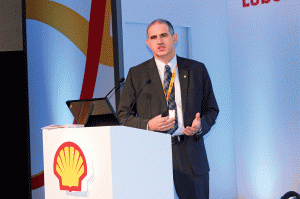

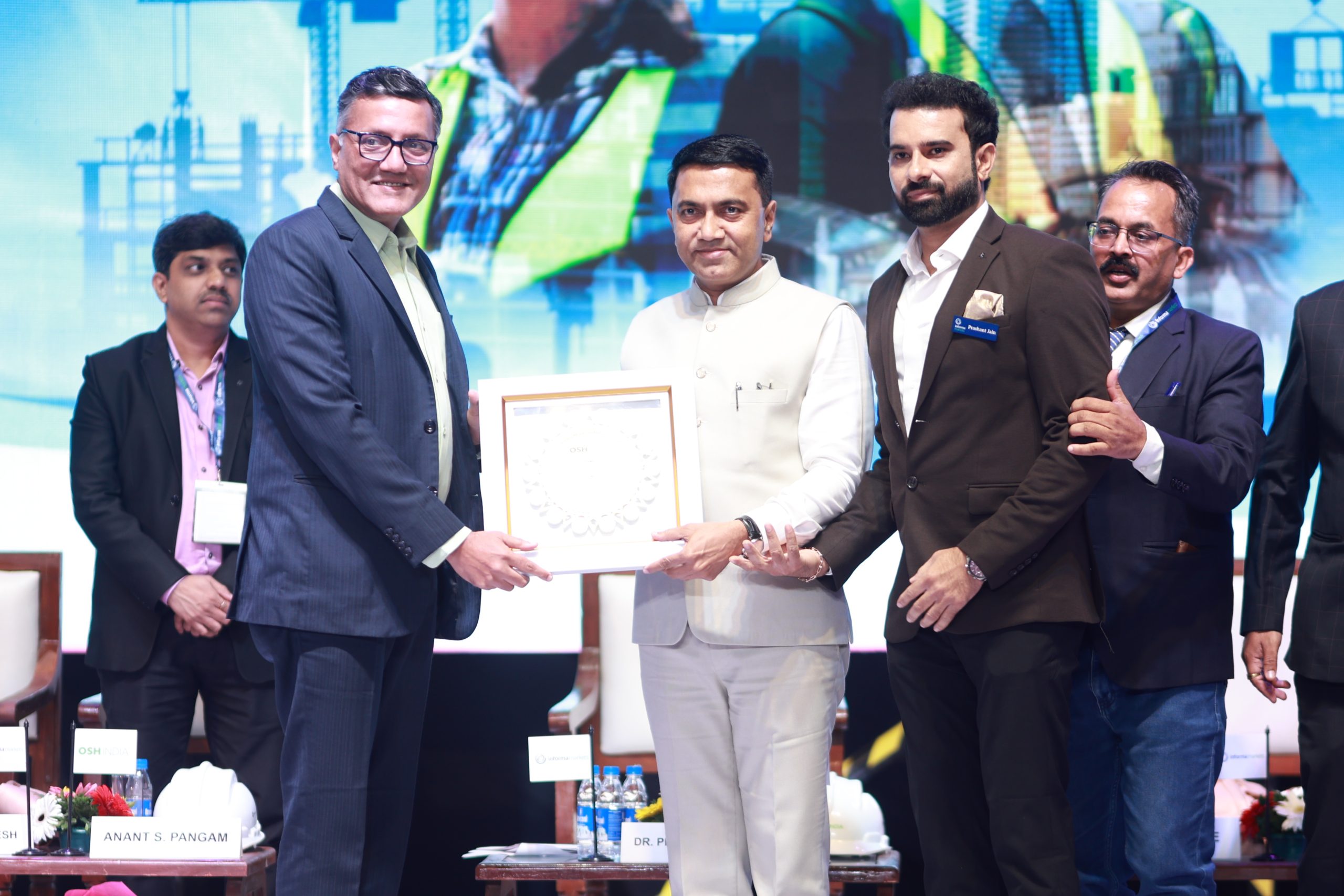

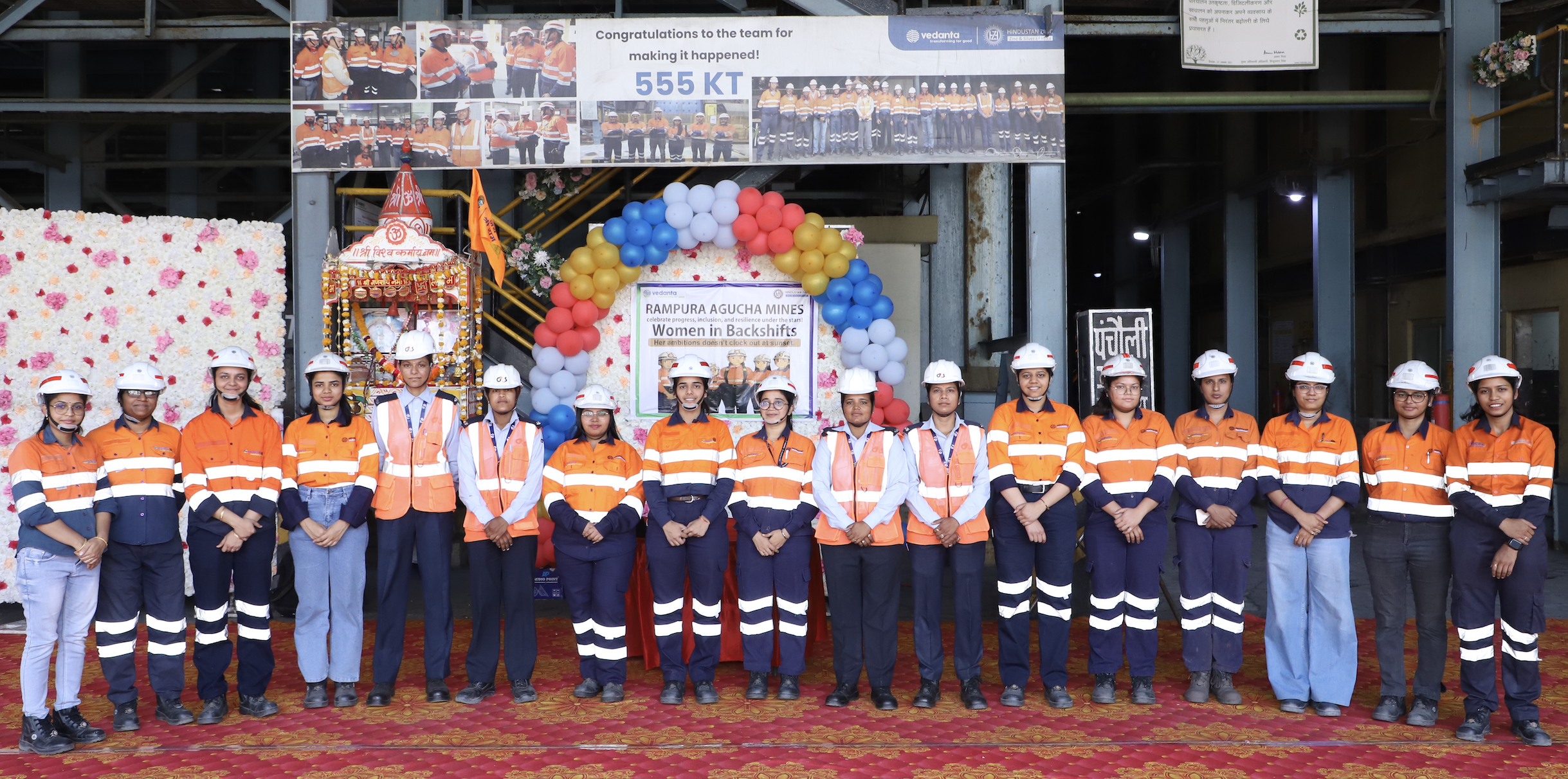



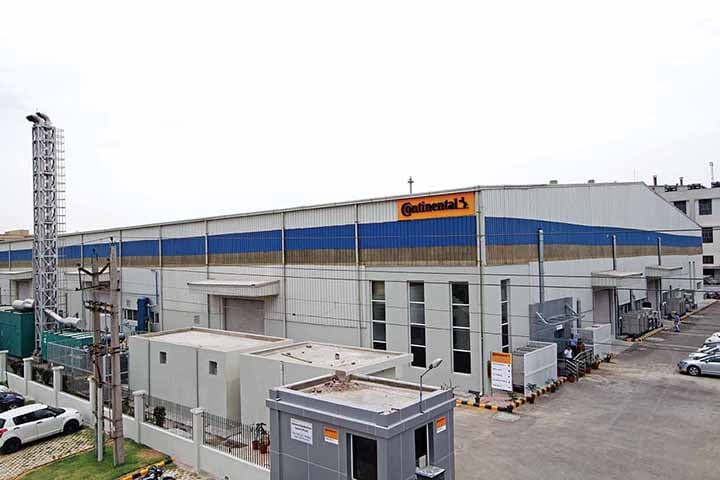

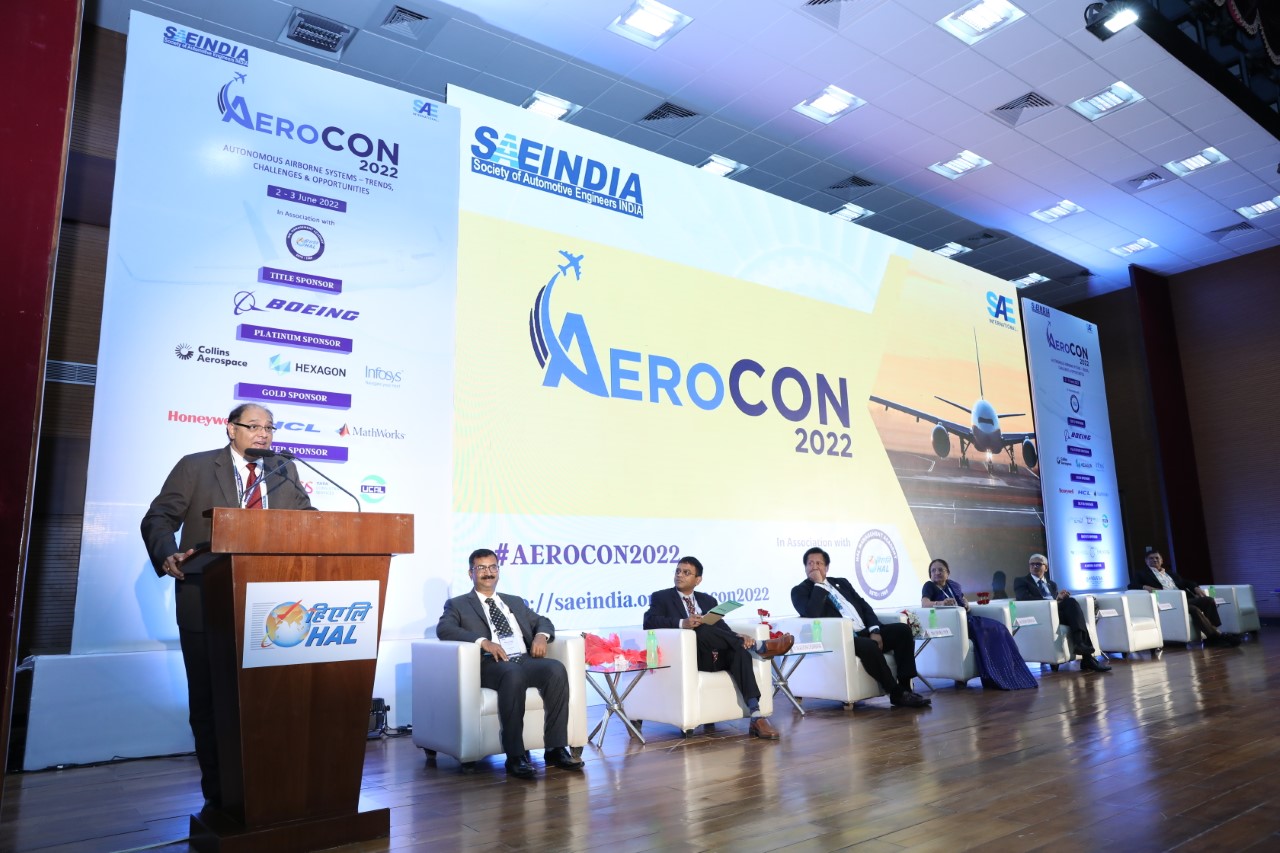

Leave a Reply